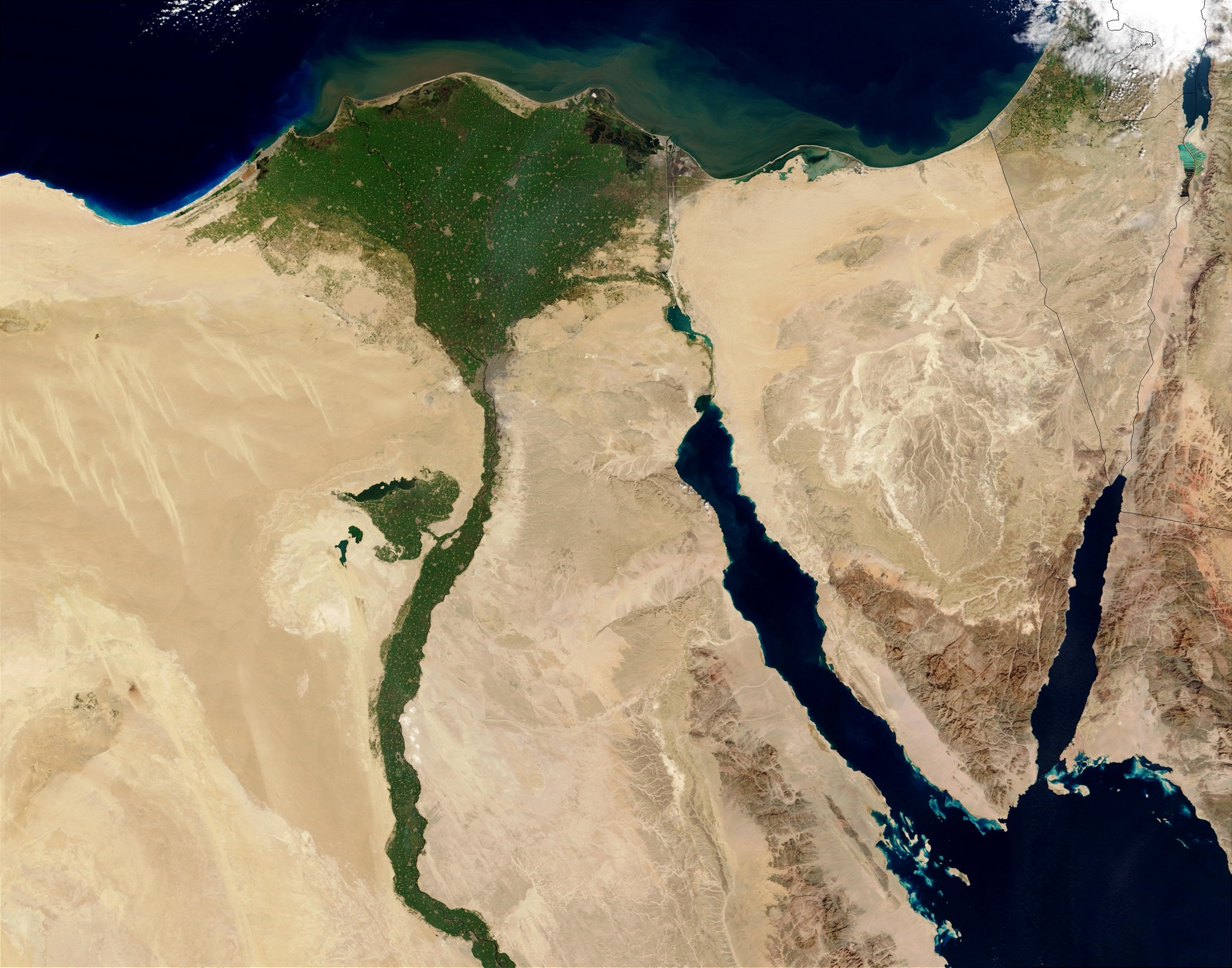1. Egypt is the most populous country in the Arab world and the third-most populous in Africa, after Nigeria and Ethiopia.
2. The Great Pyramid of Giza, one of the Seven Wonders of the Ancient World, is the only one to remain largely intact. It was the tallest man-made structure in the world for over 3,800 years.
3. Egyptian civilization is one of the oldest in the world, with recorded history dating back over 5,000 years.
4. The ancient Egyptians invented the 365-days a year calendar to predict the yearly floodings of the Nile River.
5. The world’s oldest dress was found in Egypt: the Tarkhan Dress, which is over 5,000 years old.
6. The ancient Egyptians practiced toothpaste use, using a paste made of salt, pepper, water, and mint leaves.
7. The Great Sphinx of Giza is one of the largest and oldest statues in the world but the origins and the history of its construction remain a mystery.
8. Egyptian women had a wide range of rights and freedoms. They could buy and sell property, serve on juries, and enter into legal contracts.
9. The Nile River, the longest river in the world, was considered the source of life by ancient Egyptians due to its important role in agricultural fertility.
10. The Rosetta Stone, discovered in 1799, was the key to deciphering Egyptian hieroglyphs. It contained a decree written in three scripts: hieroglyphic, demotic, and Greek.
11. The ancient city of Thebes (now Luxor) was once the religious capital of Egypt and is home to the Karnak Temple and the Valley of the Kings.
12. The Library of Alexandria was one of the largest and most significant libraries of the ancient world, holding thousands of scrolls of ancient knowledge.
13. Egypt’s Suez Canal is one of the world’s most important waterways, connecting the Mediterranean Sea to the Red Sea and reducing the maritime journey between Europe and Asia.
14. Egyptian pharaohs were often overweight, contrary to the fit and youthful images portrayed in art. Their diet was rich in sugar, alcohol, and carbohydrates.
15. Cats were considered sacred in ancient Egypt, revered for controlling pests and being symbols of protection. Killing a cat, even accidentally, was a crime punishable by death.
16. Egyptian hieroglyphs are among the oldest writing systems in the world. The symbols were used for over 3,000 years.
17. The first known labor strike in recorded history took place in Egypt around 1152 BC when the artisans of the Royal Necropolis in Deir el-Medina walked off their jobs because they had not been paid.
18. The ancient Egyptians were pioneers in various fields of medicine, performing surgery and developing treatments for various diseases.
19. Cleopatra VII, the last active ruler of the Ptolemaic Kingdom of Egypt, was actually of Greek origin, descended from Ptolemy I, one of Alexander the Great’s generals.
20. Egypt is a transcontinental country, with the Sinai Peninsula in Asia bridging the gap to the rest of the country in Africa.
21. The Aswan High Dam, completed in 1970, controls flooding, provides increased agricultural production, and generates hydroelectric power but also displaced many and altered historical sites
